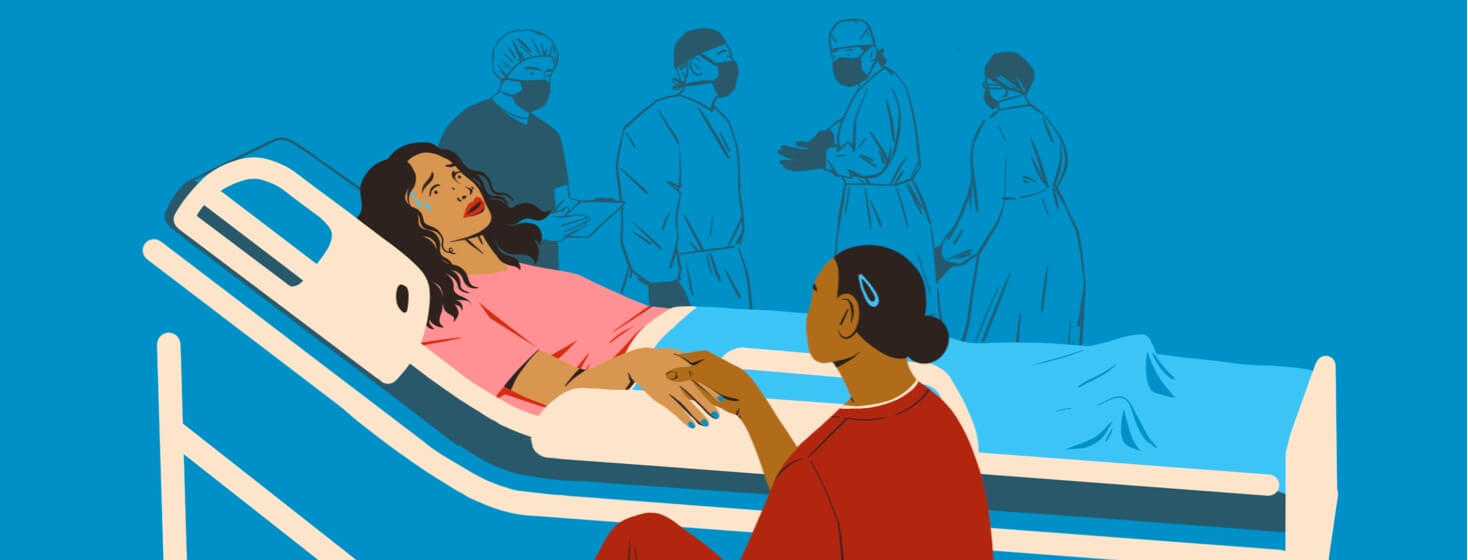Living with Advanced Heart Failure Part One
Advanced heart failure is when your heart stops responding to medical treatments and therapy. After suffering a second stroke and being diagnosed with advanced heart failure, I thought it was the end of the line.
An advanced heart failure diagnosis
I was in the hospital because nothing I ate was staying in my stomach. I was in the hospital for a few days and the doctors could not find the root cause. One day the doctor came in and decided to do a right heart catheterization. A right heart catheterization is a procedure in which a catheter is used to determine how your heart is pumping. After the doctors received the results I was admitted to the cardiac ICU and was diagnosed with advanced heart failure.
When I got to the ICU, I was prescribed an I.V. medication called Milrinone which rests blood vessels and makes the heart beat stronger. The treatment was working, but then it stopped working. The doctors presented me with another therapy called a Left Ventricular Assist Device (LVAD). An LVAD is a battery-operated mechanical device that pumps the left ventricle when it fails. After the doctors explained it to my family and I, they began testing me to see if I qualified for an LVAD.
Intra-aortic balloon pump
While all of this was going on, my heart was getting worse, so the doctors decided that I needed an intra-aortic balloon pump. This is a therapy that medical professionals use when the heart is not pumping efficiently. While the doctors were doing the procedure my heart went into cardiogenic shock. My heart was slowly failing and all I remember was a commotion. During the procedure, the nurse was holding my hand and told me to calm down. It was as if my heart had a mind of its own, where they thought I was not calm, they were in panic mode. So much so that they went and told my parents that I had taken a turn for the worst. The doctors were on the phone with the doctor who usually does LVAD surgery telling him that we would have to do emergency surgery. Luckily, the doctors were able to stabilize me enough to finish the procedure.
LVAD: Surgery recovery
I had surgery for an LVAD in January 2019 and, might I add, that recovery was extremely difficult. I woke up in so much pain, more pain than I ever experienced. Because I had a stroke prior to getting the LVAD, I was not able to get up and walk around. While recovering from surgery, I had problems swallowing water and food, so the doctors put me on the no food by mouth or NPO list. I had NG feeding tube put in my nose to nourish me and for them to give me the medications. This was the hardest experience in my life. For two weeks I was not able to eat or drink anything because of my swallowing problem. Two weeks later the speech therapist took me down for another test to see if I could swallow. Thankfully, I prevailed and passed the test to eat again. I was taken off the NPO list. Little did I know that this was only one of the battles I would be facing.

Join the conversation